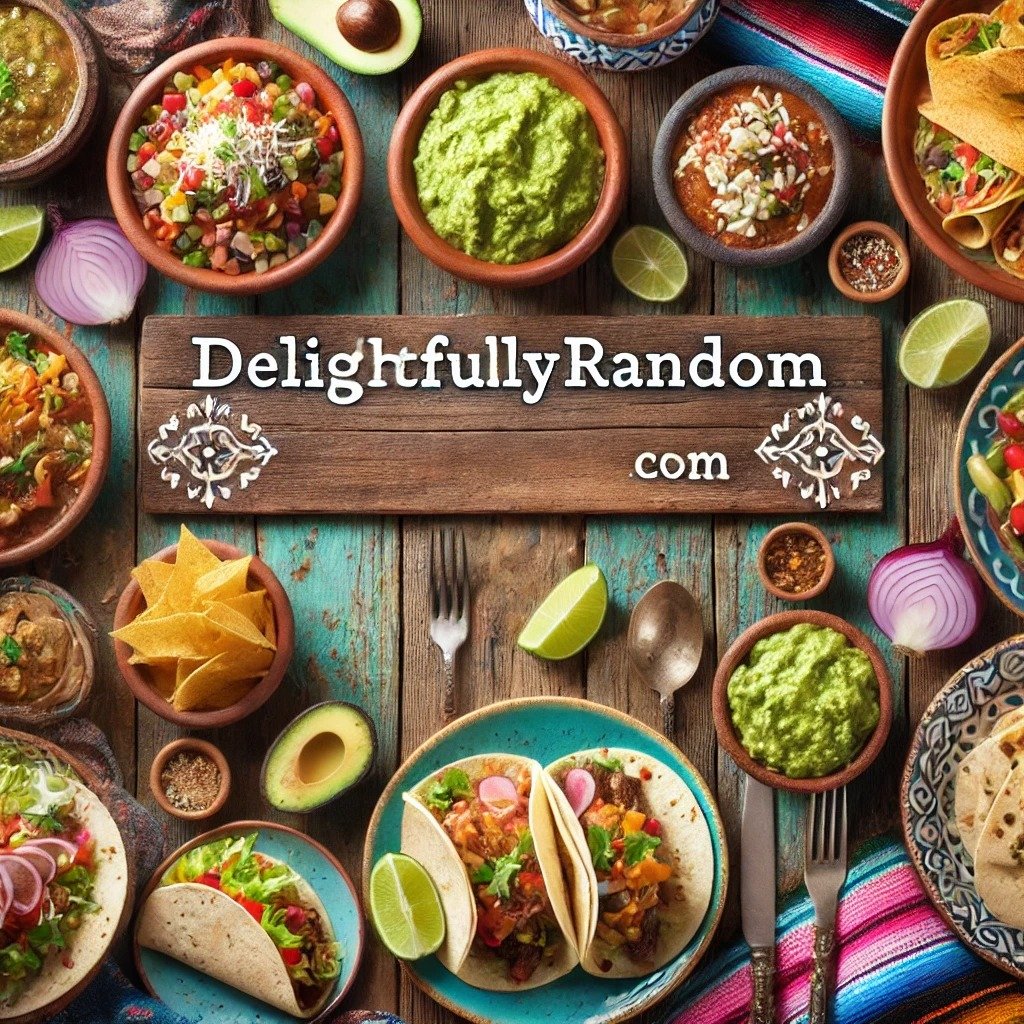Mexican food is a vibrant and diverse cuisine that reflects the rich history and cultural heritage of Mexico. It is a fusion of indigenous Mesoamerican cooking, with its emphasis on maize, beans, and chili peppers, and Spanish culinary traditions brought over during the colonial period. Over the centuries, this cuisine has evolved to incorporate ingredients and techniques from other cultures, yet it remains uniquely Mexican. In this article, we will explore the history, ingredients, and most beloved dishes of Mexican food, as well as its impact on global cuisine.
The Historical Roots of Mexican Food
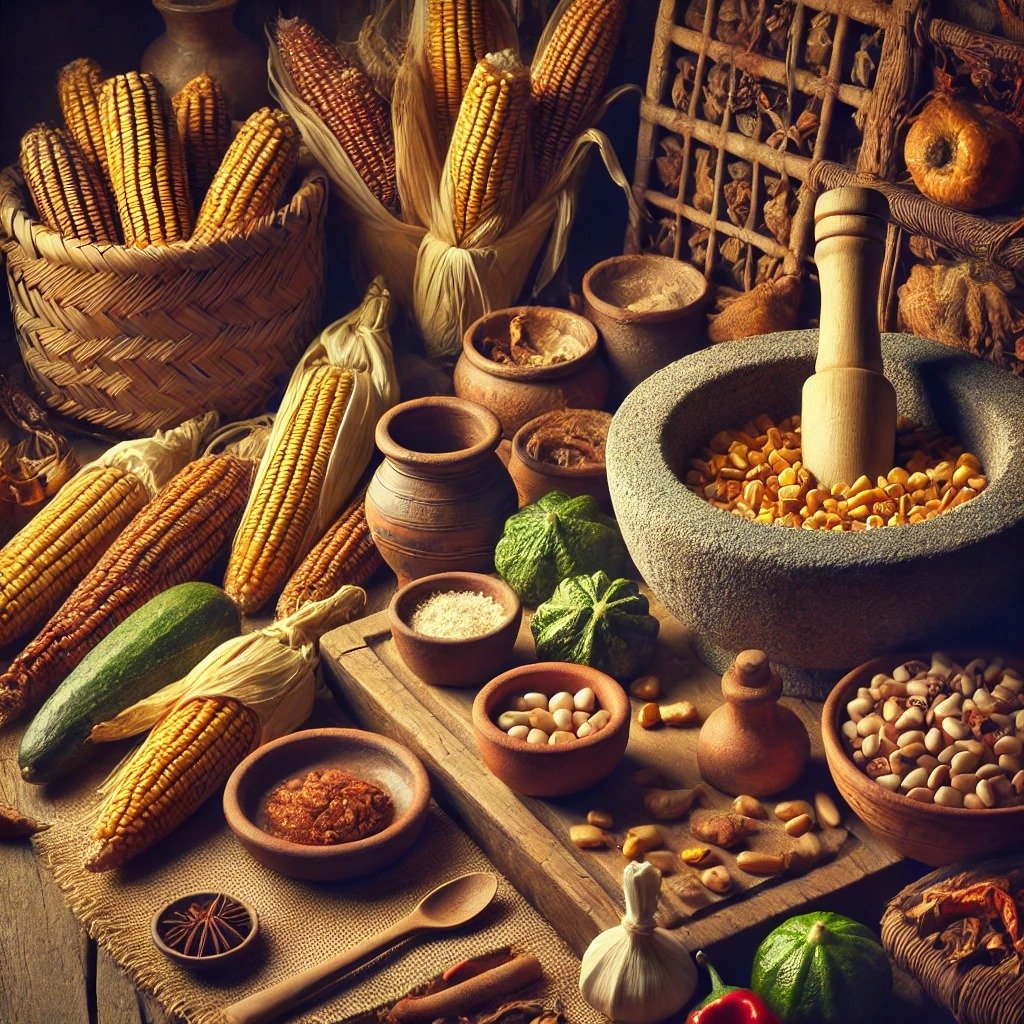
Mexican food has a history that stretches back over 9,000 years, to the time when the first domesticated crops were cultivated by the indigenous peoples of Mesoamerica. The cornerstone of this ancient diet was maize, or corn, which remains a staple in Mexican cuisine to this day. The cultivation of maize was a revolutionary development that allowed early Mesoamerican civilizations like the Olmec, Maya, and Aztec to thrive.
These early cultures developed a sophisticated agricultural system that included not only maize but also beans, squash, and chili peppers. These crops formed the foundation of what is often referred to as the “Three Sisters” – a trio of plants that were grown together and provided a balanced diet. The combination of maize, beans, and squash was nutritionally complete, providing all the essential amino acids and nutrients needed for sustenance.
Chili peppers were also integral to Mesoamerican cuisine, adding flavor, heat, and a variety of health benefits to the diet. The use of chili peppers in Mexican food is one of its most defining characteristics, with different varieties offering a range of flavors, from the mild and sweet to the intensely hot.
With the arrival of the Spanish in the 16th century, Mexican cuisine underwent significant changes. The Spanish introduced a host of new ingredients, including rice, wheat, onions, garlic, and various meats such as pork, beef, and chicken. They also brought with them spices like cumin, cinnamon, and black pepper, which were quickly integrated into the existing culinary traditions.
However, despite these new additions, the indigenous ingredients and techniques remained central to Mexican cooking. The result was a fusion of Old World and New World flavors that created the foundation for modern Mexican cuisine. This blending of cultures is evident in dishes like tamales, mole, and pozole, which combine native ingredients with Spanish influences.
The Core Ingredients of Mexican Food
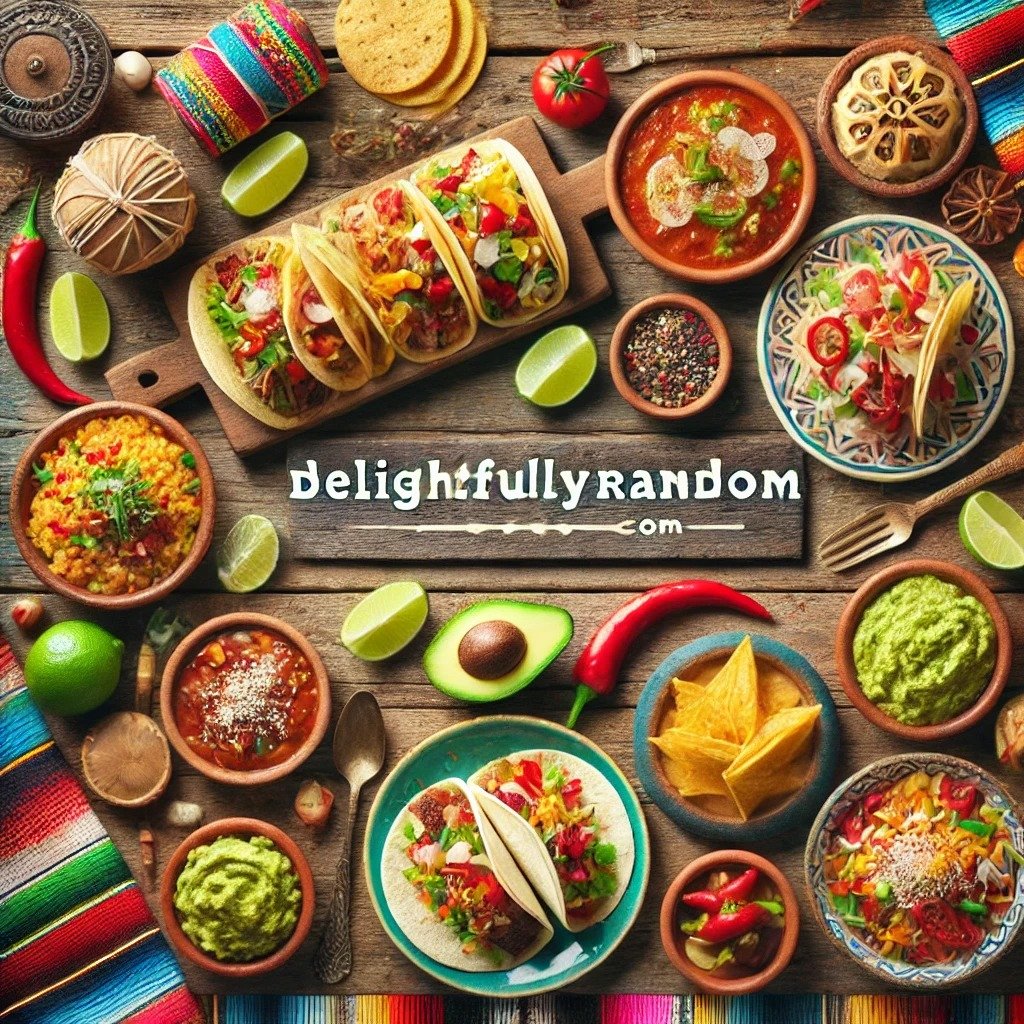
The ingredients used in Mexican food are as diverse as the country’s regions and climates. However, there are certain staples that are found in almost every Mexican kitchen, regardless of location. These include maize, beans, chili peppers, tomatoes, avocados, and a variety of herbs and spices.
Maize: As mentioned earlier, maize is the cornerstone of Mexican cuisine. It is used to make tortillas, tamales, and other staples. The process of nixtamalization, in which maize is soaked in an alkaline solution to remove the outer hull, is essential for making masa, the dough used for tortillas and tamales.
Beans: Beans are another key component of Mexican food, providing a rich source of protein and fiber. They are often served as a side dish or used as a filling in burritos and other dishes. The most common varieties are black beans, pinto beans, and kidney beans.
Chili Peppers: Chili peppers are used to add heat and flavor to Mexican dishes. They come in a wide range of varieties, each with its own unique flavor profile. Some of the most popular include jalapeños, serranos, poblanos, and habaneros.
Tomatoes: Tomatoes are a crucial ingredient in many Mexican dishes, especially salsas and sauces. They add a bright, tangy flavor that complements the heat of the chili peppers.
Avocados: Avocados are used to make guacamole, a popular Mexican dip, and are also used as a topping for tacos, salads, and other dishes. They add a creamy texture and rich flavor to any dish.
Herbs and Spices: Mexican cuisine relies heavily on herbs and spices to create its complex flavors. Common herbs include cilantro, oregano, and epazote, while spices like cumin, cinnamon, and cloves are used to add depth and warmth to dishes.
Popular Mexican Dishes
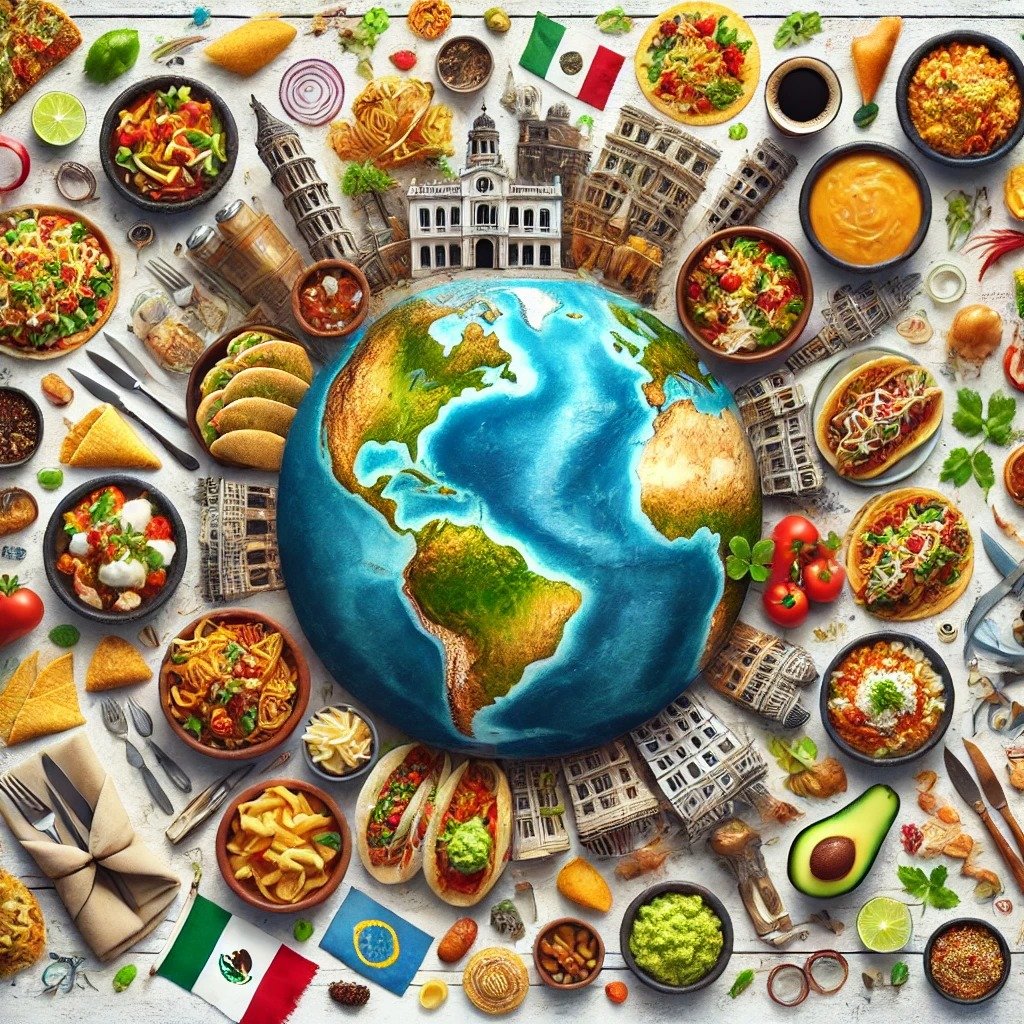
Mexican food is known for its bold flavors and vibrant colors, and there are countless dishes that showcase the diversity of this cuisine. Some of the most popular Mexican dishes include tacos, enchiladas, tamales, and mole.
Tacos: Tacos are perhaps the most famous Mexican dish, and they come in many different forms. A traditional taco consists of a corn or flour tortilla filled with a variety of ingredients, such as grilled meat, beans, cheese, and vegetables. Tacos are often topped with salsa, guacamole, and other condiments.
Enchiladas: Enchiladas are another popular Mexican dish, made by rolling tortillas around a filling and then baking them with a sauce. The filling can be made from meat, cheese, beans, or vegetables, and the sauce is usually made from chili peppers and tomatoes.
Tamales: Tamales are a traditional Mexican dish made from masa, a dough made from nixtamalized maize, which is then filled with meat, cheese, or vegetables, and wrapped in a corn husk before being steamed. Tamales are often served with a variety of sauces, including mole and salsa.
Mole: Mole is a rich, complex sauce made from a variety of ingredients, including chili peppers, chocolate, nuts, and spices. It is often served over chicken or turkey and is a staple of Mexican cuisine.
Pozole: Pozole is a traditional Mexican soup made from hominy, a type of dried maize that has been treated with an alkali, and is often cooked with meat, usually pork or chicken, and seasoned with chili peppers and other spices. It is typically garnished with shredded lettuce, radishes, avocado, and lime.
The Global Influence of Mexican Food
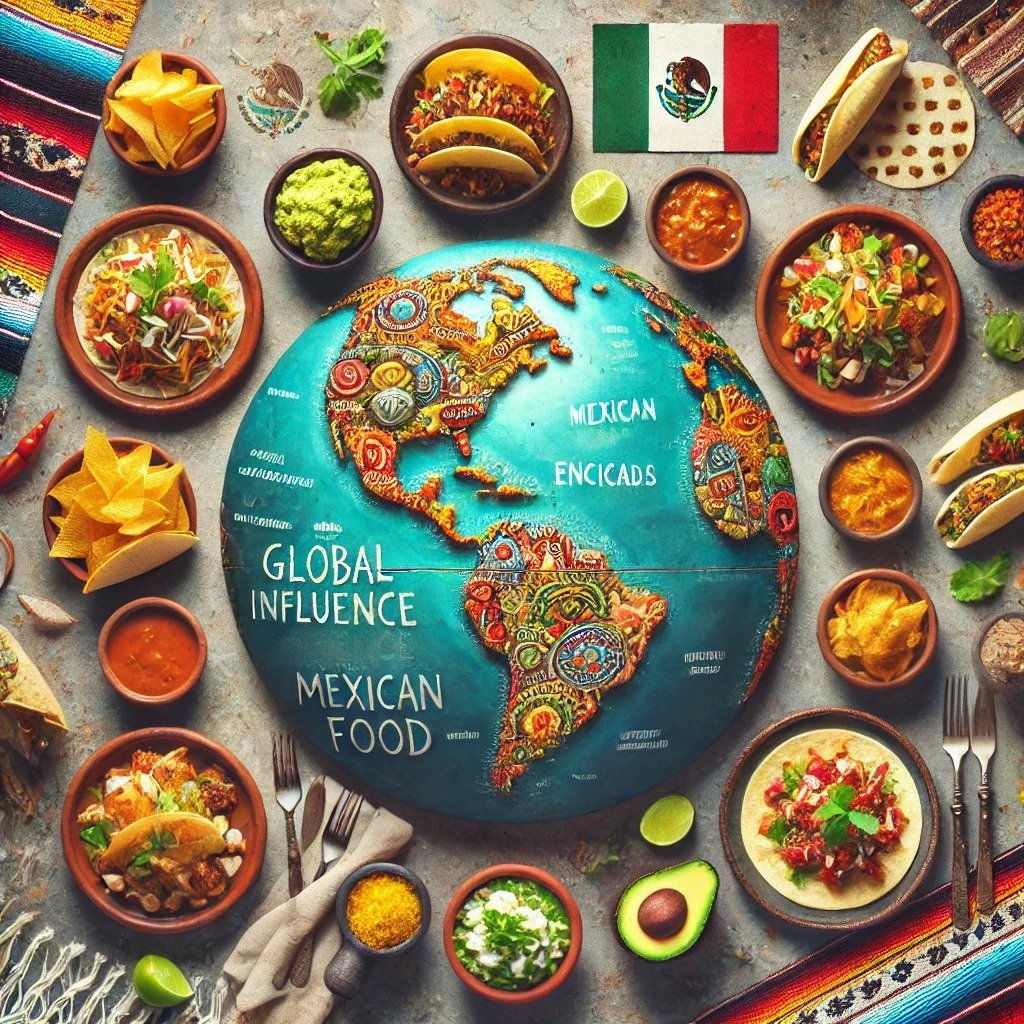
Mexican food has had a significant impact on global cuisine, and its influence can be seen in many different countries. The popularity of Mexican food has grown exponentially in recent years, thanks in part to the rise of fast-casual Mexican restaurants and the increasing availability of Mexican ingredients in supermarkets.
In the United States, Mexican food is one of the most popular cuisines, with dishes like tacos, burritos, and guacamole becoming staples of the American diet. Mexican food has also influenced the development of Tex-Mex cuisine, which blends Mexican flavors with American ingredients and cooking techniques.
Mexican food has also made its mark in Europe, where it is becoming increasingly popular, particularly in the United Kingdom and Spain. In these countries, Mexican restaurants are thriving, and Mexican ingredients are becoming more widely available in supermarkets.
The global popularity of Mexican food has also led to the creation of new dishes that blend Mexican flavors with those of other cuisines. For example, Korean-Mexican fusion cuisine, which combines Korean flavors with Mexican ingredients, has become popular in cities like Los Angeles and New York.
The Health Benefits of Mexican Food
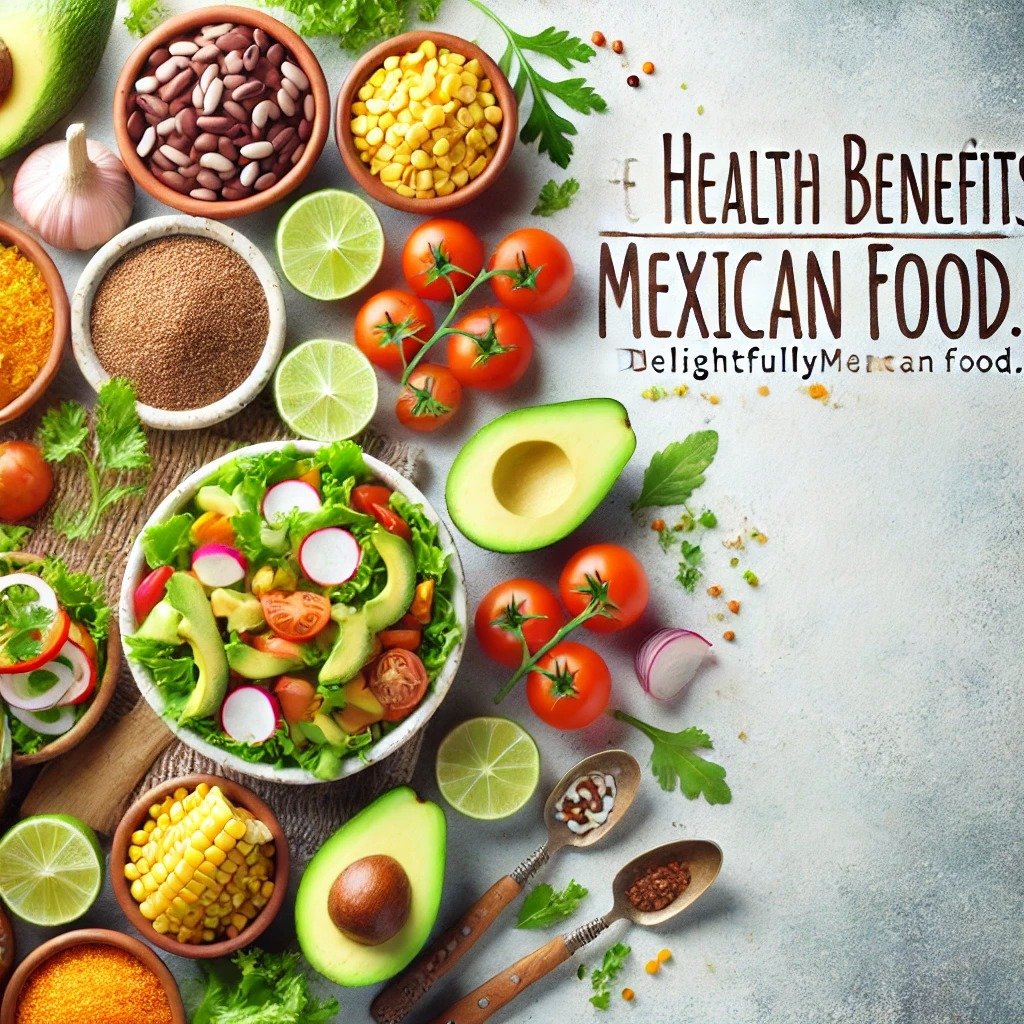
Mexican food is not only delicious but also offers a range of health benefits. Many traditional Mexican dishes are made with fresh, whole ingredients that are rich in nutrients. For example, beans are a great source of protein and fiber, while avocados are packed with healthy fats and vitamins.
Mexican food is a vibrant fusion of ancient Mesoamerican traditions and Spanish influences, creating a cuisine rich in bold flavors and diverse, fresh ingredients. The use of chili peppers in Mexican food also offers health benefits, as they are rich in vitamins A and C, and have been shown to boost metabolism and reduce inflammation. The inclusion of herbs and spices like cilantro, oregano, and cumin also adds to the nutritional value of Mexican dishes.
However, it is important to note that not all Mexican food is healthy, particularly when it is heavily processed or loaded with cheese, sour cream, and other high-calorie toppings. To enjoy the health benefits of Mexican food, it is best to opt for dishes made with fresh, whole ingredients and to avoid excessive use of high-calorie toppings.
Conclusion
Mexican food is a rich and diverse cuisine that reflects the country’s history, culture, and geography. From the ancient Mesoamerican civilizations to the Spanish colonial period and beyond, Mexican food has evolved to incorporate a wide range of ingredients and techniques, resulting in a cuisine that is both complex and delicious.
Whether you are enjoying a simple taco on the street or a plate of mole in a fine dining restaurant, Mexican food offers a culinary experience like no other. Its bold flavors, vibrant colors, and unique ingredients make it one of the most beloved cuisines in the world, and its influence continues to grow as more people discover the joys of Mexican cooking.
In summary, Mexican food is more than just a collection of dishes; it is a reflection of Mexico’s rich cultural heritage and a testament to the creativity and ingenuity of its people. Whether you are a seasoned foodie or a casual diner, there is always something new and exciting to discover in the world of Mexican food.
READ MORE
